Places that mark our love
After the French colonialists returned to invade Laos in early 1946, they directed their reactionary puppet government to terrorize and kill many Lao patriots. More than 200 Lao patriotic cadres, scholars, and intellectuals were invited by the Vietnamese side to Da Ban, Lang Ngoi, My Bang commune, Yen Son district, Tuyen Quang province (old) to live and work.
According to Prince Souphanouvong's wishes, the Vietnamese secret armed unit led by Nguyen Tu Quy welcomed Prince Souphanouvong from Thailand, crossed the Mekong River, through forests, high passes, deep ravines, and walked for months to Vietnam, then to Da Ban and Lang Ngoi.
From August 13 to 15, 1950, more than 100 delegates representing the Lao patriotic forces held the Lao National Congress, electing Neo Lao Itxala (Free Lao Front), with Prince Souphanouvong as Chairman. The leadership of Neo Lao Itxala also included Mr. Kaysone Phomvihane, Nuhac Phumxavan, Khamtay Siphandon, Phumi Vongvichit... The Congress elected the Lao Resistance Government, with Prince Souphanouvong as Prime Minister and Minister of Foreign Affairs . The Lao Resistance Government also included Mr. Kaysone Phomvihane, Nuhac Phumxavan, Khamtay Siphandon, Phumi Vongvichit and Khamxuc Vongxac...

At the red address in Tuyen Quang, President Ho Chi Minh and Prince Souphanouvong discussed solidarity and the Vietnam-Laos fighting alliance against the common enemy.
During the days of the Lao National Congress, from the safe zone in Viet Bac, President Ho Chi Minh visited the residence and workplace of Lao leaders many times and talked with them about solidarity, alliance, and fighting against the common enemy until the final victory. After the Congress, Neo Lao Itxala and the Resistance Government returned to the revolutionary base in Sam Neua to lead the Lao army and people in the resistance war against colonialism and imperialism.
“In every success of the Lao revolution, there is a direct contribution from the Vietnamese revolution. On every battlefield of our beloved Fatherland, there is the blood and bones of Vietnamese soldiers mixed with the blood and bones of Lao cadres, soldiers and people of all ethnic groups…”.
"The Lao People's Revolutionary Party and the Lao people are willing to make every effort to consolidate and strengthen the special Laos-Vietnam relationship as if protecting the apple of their eye; at the same time, make every effort to build and develop a comprehensive, long-lasting, and everlasting cooperative and mutually supportive relationship, to together protect the achievements of the revolution and build a strong and prosperous country...".
(Comrade Kaysone Phomvihane, General Secretary of the Lao People's Revolutionary Party, President of the Lao People's Democratic Republic).
Lao Kho, in Phieng Khoai commune, Yen Chau district, Son La province (old) is the base of operations of the Special Task Force, consisting of 19 Lao and Vietnamese people, with comrade Kaysone Phomvihane as Commander and comrade Hoang Dong Tung as Political Commissar.
Lao Kho is located in a narrow valley, near the border with Laos, surrounded by high, overlapping rocky mountains. In the past, this place was deserted, uninhabited, and had no village name. In 1930, the family of Mr. Trang Lao Kho (a Hmong ethnic group) and 4 other families moved from Van Ho, Moc Chau to settle here, from which the village name Lao Kho was born.
The team was stationed in Tham Me cave, about 300 square meters wide, with many entrances and exits to ensure safety. Every day, everyone practiced military training and studied politics. Comrade Kaysone Phomvihane was invited by Mr. Trang Lao Kho to stay in his house. According to local custom, Mr. Lao Kho's family held a ceremony to adopt Comrade Kaysone Phomvihane as their adopted son, tying a string around his wrist and considering him as their own son, living and dying together. Regardless of the danger, he often brought rice, vegetables, and salt from the local people to supply the Lao-Vietnamese soldiers. When he heard that French soldiers were on a sweep, he went out that night to report the news.
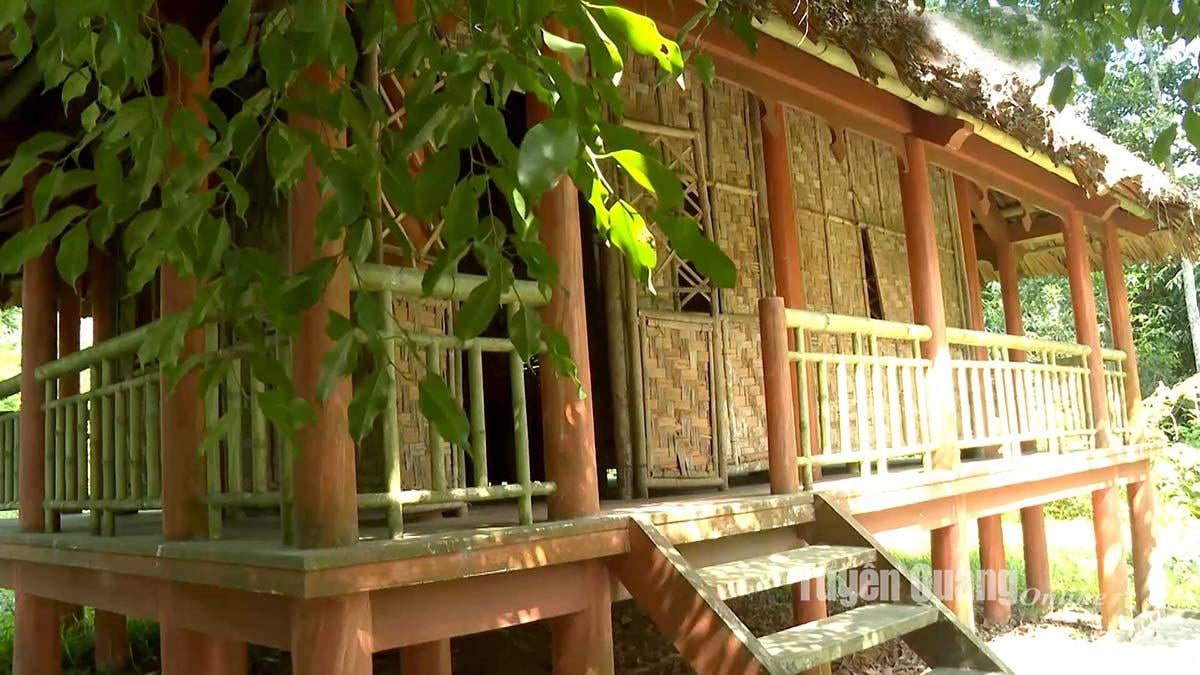
Prince Souphanouvong's house in Ngoi Village, My Bang Commune, Yen Son District, Tuyen Quang (old). Photo: Archive
From Lao Kho base, comrade Kaysone Phomvihane led the unit across the border to Muong Het, Xieng Kho, Sam Neua to propagate patriotism, build bases, armed forces, and organize to fight against the enemy. With achievements in work and combat, comrade Kaysone Phomvihane was admitted to the Indochinese Communist Party by the Lao Bac Assault Party Cell on January 6, 1949.
The Lao Itxala Army was established on January 20, 1949, in Lao Hung commune, Xieng Kho district, Hua Phan province. Comrade Kaysone Phomvihane was assigned the important responsibility of Commander-in-Chief. The Lao Itxala Army Command also included comrades: Khammey Siphandon, Phun Sipasot, and Singcapo Sikhot Chulamaly.
In November 1949, the Lao Itxala Army coordinated with the Vietnamese Volunteer Army to launch an attack on the enemy at the Ma River defense line, destroying 9 enemy strongholds, and establishing the Xieng Kho District Resistance Committee...
The site of comrade Kaysone Phomvihane and the Lao Bac Volunteers operating in Lao Kho, has now been built into a Vietnam - Laos Revolutionary Historical Relic Site on an area of 3,500 square meters, including the following items: Memorial House, Friendship Monument, and Monument. On July 6, 2017, Chairwoman of the National Assembly of Vietnam Nguyen Thi Kim Ngan and Chairwoman of the Lao National Assembly Pany Yathotu cut the ribbon and presented gifts to the family of Mr. Trang Lao Kho and the people of this village. Lao Kho relic site was ranked as a national Vietnam - Laos Revolutionary Historical Relic by the Ministry of Culture, Sports and Tourism of Vietnam, with historical value, closely linked to traditional cultural values and the special friendship between the two countries.

National Assembly Chairwoman Nguyen Thi Kim Ngan and Lao National Assembly Chairwoman Pany Yathotu cut the ribbon to inaugurate the Lao Kho relic site in Phieng Khai commune, Yen Chau district, Son La. Photo: Archive
After visiting the Vietnam - Laos historical site in Moc Chau town, Son La, we visited the Cham Mat red address in Hoa Binh. A large stone stele, weighing 37.8 tons, 4 meters long, 6 meters high, engraved with Vietnamese and Lao characters: "Here, in December 1971, the Preparatory Congress of the Second Congress of the Lao People's Party (now the Lao People's Revolutionary Party) took place". On December 25, 2012, the Cham Mat site was ranked as a National Historical Site by the Ministry of Culture, Sports and Tourism of Vietnam.
The comrades of the Monument Management Board introduced: Having suffered heavy defeats on the battlefields, the US imperialists sent their air force to fight in Laos, and had US aircraft fiercely attack the liberated areas of Laos. In the new situation, the Central Committee of the Lao People's Party decided to hold the Second National Congress. The Central Committee assigned the Hoa Binh Provincial Party Committee (formerly known as Hoa Binh) to help the Lao People's Party prepare a hall, accommodation and meals for 300 Lao cadres. A large hall was built, 50 meters long, 29 meters wide, with brick walls, one main door and four side doors, and a red tiled roof. Surrounding it were four rows of houses for Lao cadres and soldiers. This was the place to organize political training courses, mass mobilization, cultural studies, and health care for Lao cadres. Before the opening day of the Congress, General Secretary Le Duan and Comrade Le Van Luong visited. Comrade Kaysone Phomvihane guided the delegation to visit the hall, the living and working rooms of Lao friends. After the preparatory congress, the 2nd National Congress of the Lao People's Party officially met from February 3-6, 1972, in the Vieng Xay war zone, Hua Phan province. The congress approved the amendment of the Party's charter, changed the Party's name to the Lao People's Revolutionary Party, honored President Ho Chi Minh as the leader of the Party and passed the Resolution "Strengthening Laos-Vietnam solidarity".
Cadres, news reporters, photographers, engineers, office staff, and drivers of Vietnam News Agency (now VNA) once crossed the Truong Son mountain range to the other side of the border to help the Lao revolution in the liberated areas before 1975, and then helped Lao friends in the cause of protecting and building the country... VNA was honored to contribute the red bricks to build the exemplary, loyal, and pure Vietnam - Laos Special Friendship Monument.
Fostering friendship, solidarity and loyalty
During two years of activities in Thailand, under the alias Thau Chin, revolutionary Nguyen Ai Quoc - Ho Chi Minh chose Laos as a direct bridge to spread the progressive national salvation ideology that he had researched and summarized.
From Thailand, Thu Chin secretly crossed the Mekong River to Laos. The first place he stopped was Tha Dan village, Xavanakhet province. Next, he went to work in Xieng Vang village, Noong Boc district, Khammouane province. In the name of a teacher teaching Vietnamese people, he talked to the villagers, advising them to always unite the Vietnamese and Lao people, to join hands and hearts to drive the enemy out of the country. He disseminated to the villagers experiences and ways to organize patriotic and revolutionary organizations...

Ribbon cutting ceremony at Xieng Vang Relic Site, Noong District, Khammouane Province.
Receiving officials and former VNA experts helping Laos, Mr. Dang Van Hong (Lao name Hong Khot Vongxa), 79 years old, said: The people of Xieng Vang village listened to Uncle Thau Chin and built "Friendship" groups, acted as liaisons, and participated in guerrillas to protect their villages.
When hearing the news that the two governments of Vietnam and Laos have decided to build a memorial site for Uncle Ho in Xieng Vang, the people were very excited. Ten families voluntarily moved their houses and donated 1.5 hectares of land for the project. Construction began on May 19, 2010 and was inaugurated on December 7, 2012. Many artifacts, images, valuable documents, books and newspapers about the noble revolutionary life of President Ho Chi Minh were displayed at the memorial house.
This place converges the cultural beauty of Laos and Vietnam, has flower gardens, bonsai trees and even "Uncle Ho's fish pond". Opened on the occasion of the 122nd anniversary of Uncle Ho's birthday, every year many delegations of Laos, Vietnam, other countries and international organizations come to visit and offer incense to pay tribute to President Ho Chi Minh.

Groundbreaking ceremony for the restoration of President Ho Chi Minh relic site in Tha Dan, Xavankhet province.
In 2013, in Tha Dan village on the Mekong River, the President Ho Chi Minh Monument was built. To celebrate the 125th anniversary of President Ho Chi Minh's birthday, during a pilgrimage following Uncle Ho, a group of former experts helping Laos and Vietnamese Volunteers came to offer incense at the Uncle Ho Memorial in Tha Dan. On April 9, 2023, Ho Chi Minh City and Xavannakhet province held a ceremony to restore the Tha Dan monument, becoming a Laos-Vietnam historical relic site. The project includes the following items: a precious stone memorial stele with an image of Uncle Ho, a new large relief behind the stele, a new exhibition house, an office building and a lighting system. Speaking on this occasion, Comrade Bunchom Uponpaxot, Secretary and Chairman of Xavannakhet province, said that this is a project to pay tribute to the great contributions of President Ho Chi Minh in cultivating the special friendship between Laos and Vietnam.
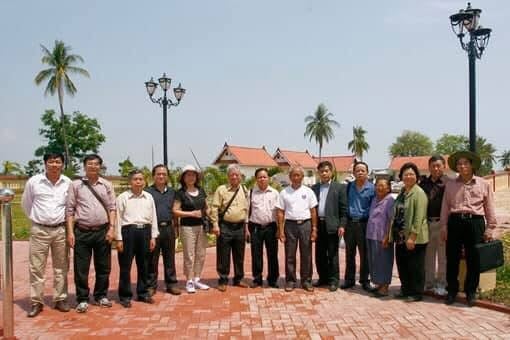
Officials and former experts of VNA visited and offered incense to pay tribute to President Ho Chi Minh at Xieng Vang relic site.
At the end of the pilgrimage to visit the red addresses of Vietnam and Laos, we visited and offered incense at the Monument of the Fighting Alliance in Xieng Khouang province, paying tribute to the Vietnamese heroes and martyrs who sacrificed their blood and bones, mingling with the blood and bones of Lao officers, soldiers and people on all the fierce battlefields. Major General Huynh Dac Huong, former Head and Political Commissar of the Vietnamese Military Expert Group in Laos, said that in the resistance war against colonialism and imperialism, 40,000 Vietnamese officers and soldiers sacrificed their lives and tens of thousands were wounded on the Lao battlefield.
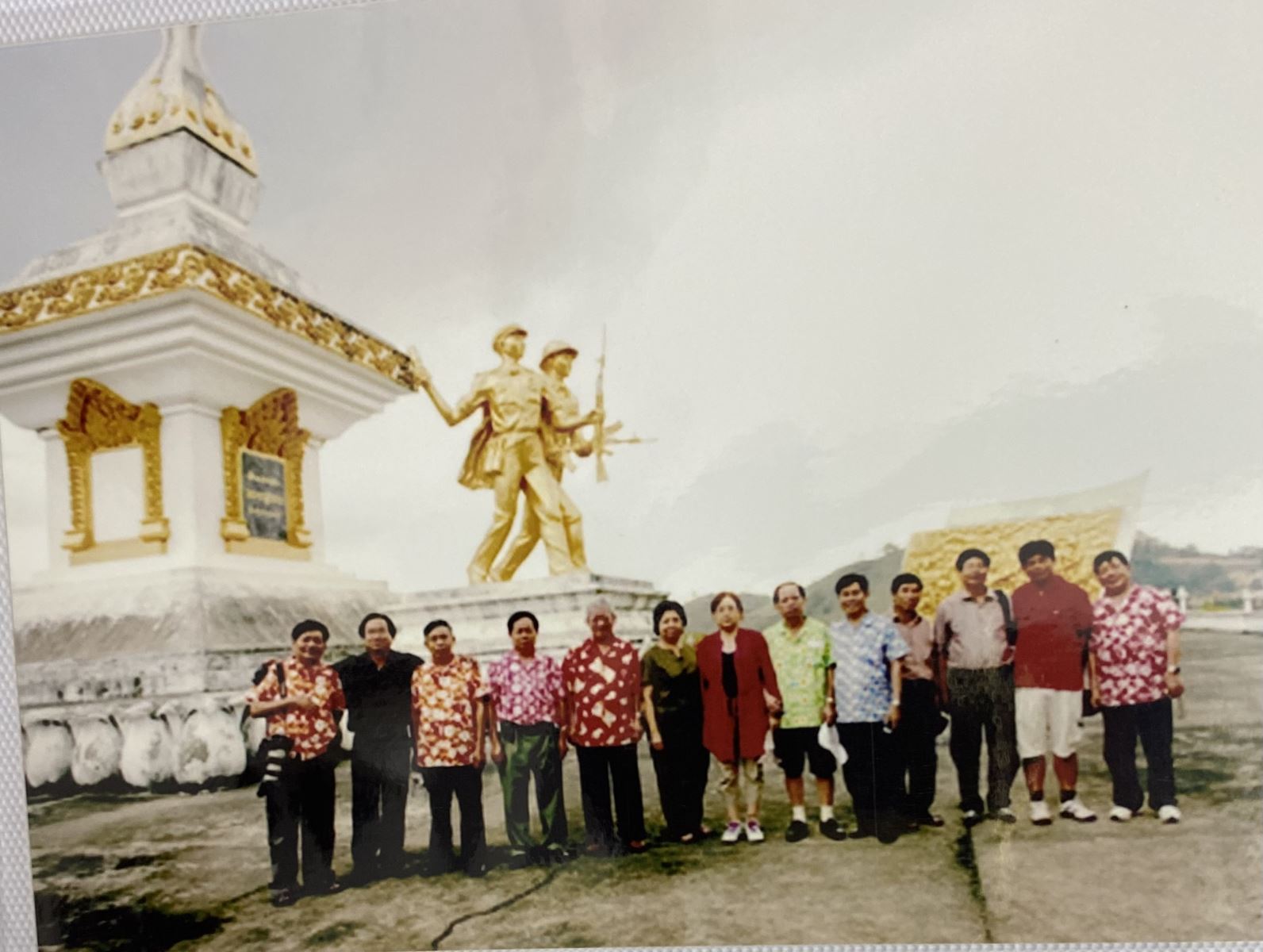
Officials and former experts of VNA visited and offered incense at the Laos-Vietnam Combat Alliance Monument in Xieng Khouang province.
Source: https://baotintuc.vn/van-de-quan-tam/nhung-dia-chi-do-tham-tinh-thuy-chung-viet-nam-lao-20251118131506607.htm



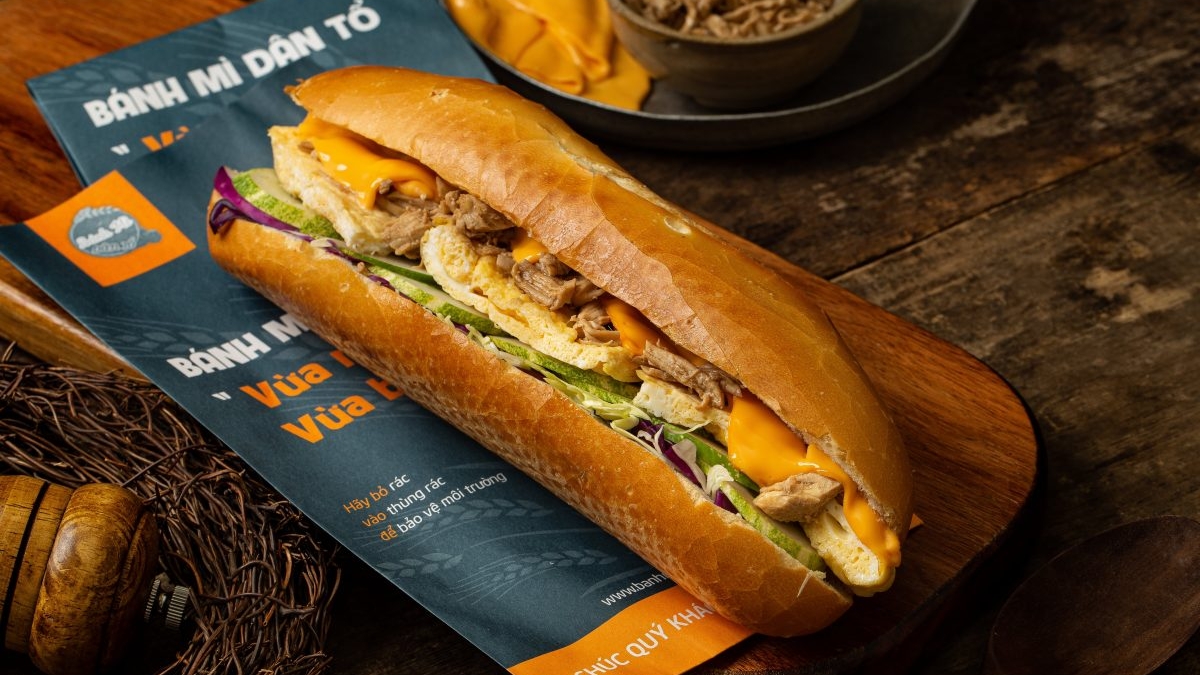



![[Photo] General Secretary To Lam receives Slovakian Deputy Prime Minister and Minister of Defense Robert Kalinak](https://vphoto.vietnam.vn/thumb/1200x675/vietnam/resource/IMAGE/2025/11/18/1763467091441_a1-bnd-8261-6981-jpg.webp)
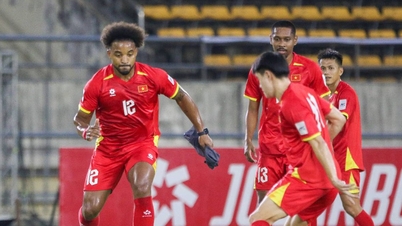



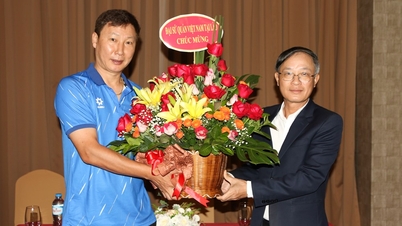






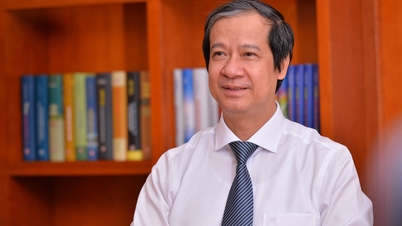


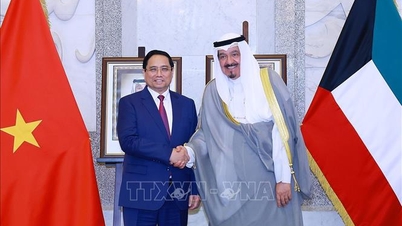
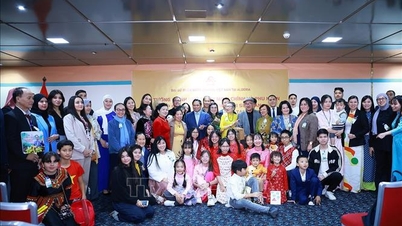





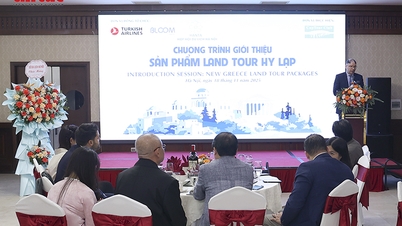


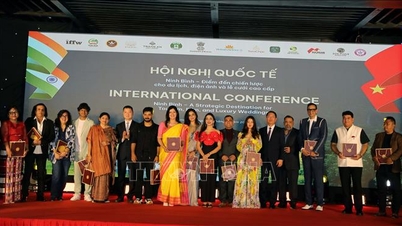
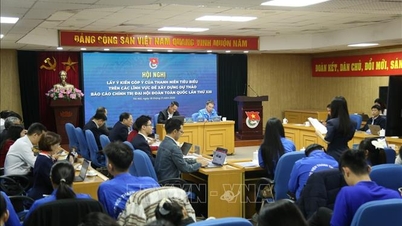



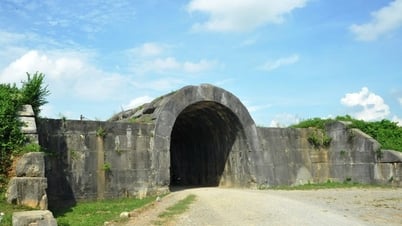



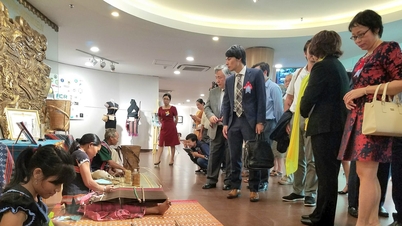







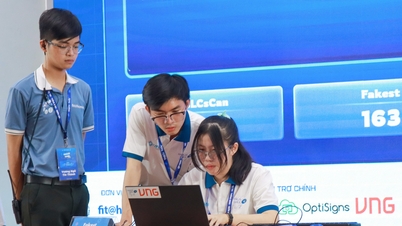

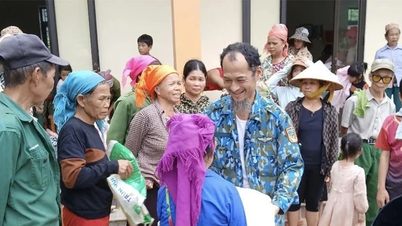


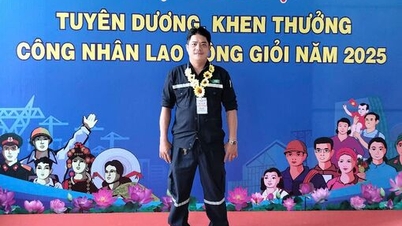





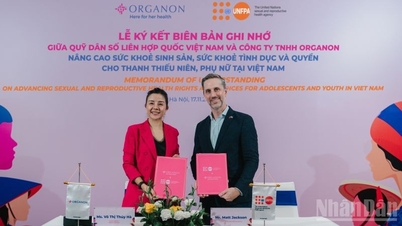












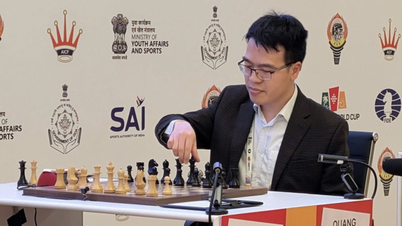

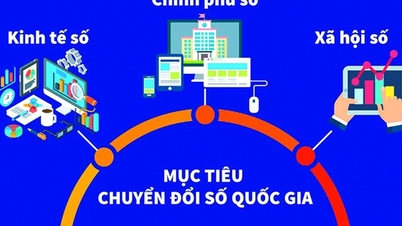

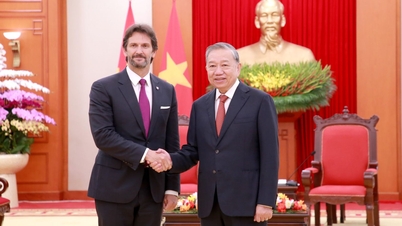





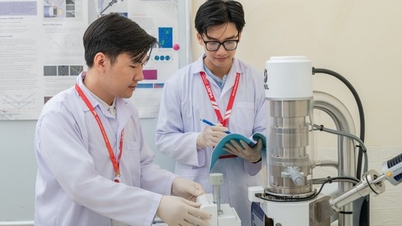


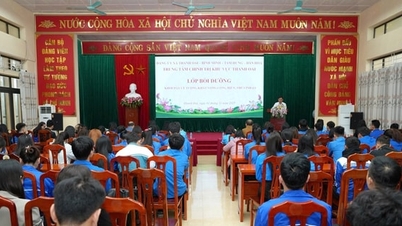






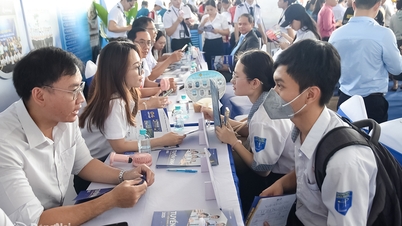







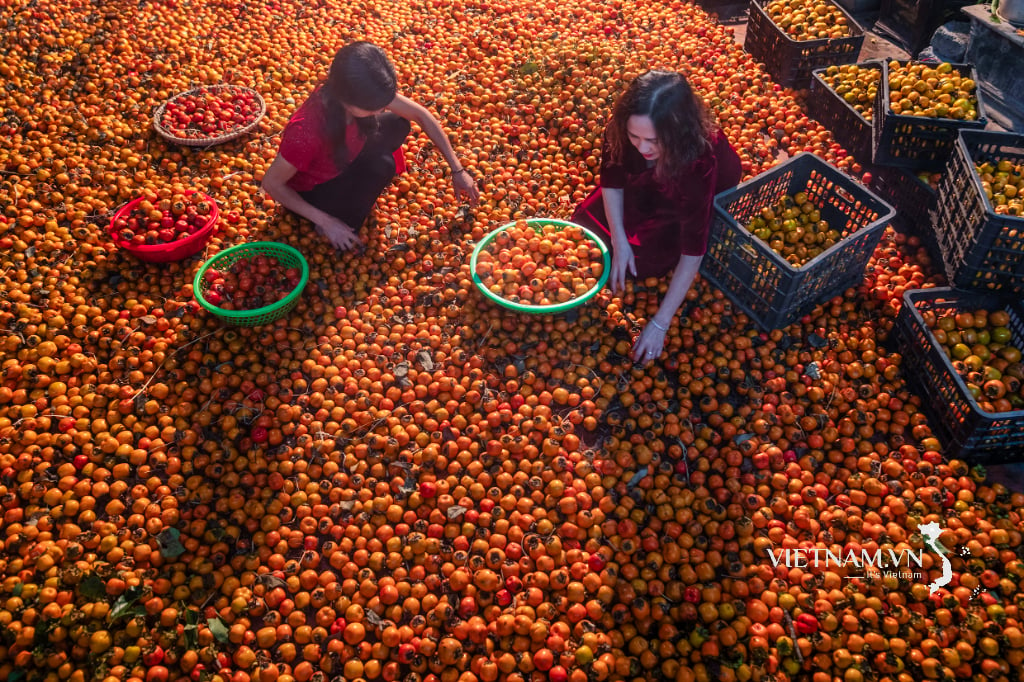
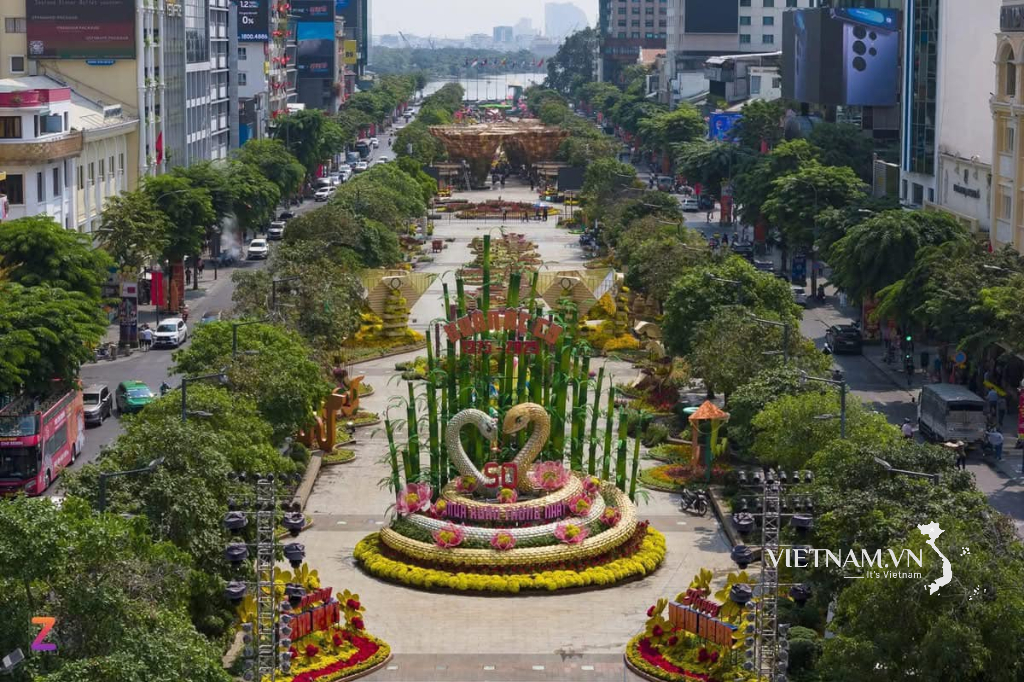

Comment (0)